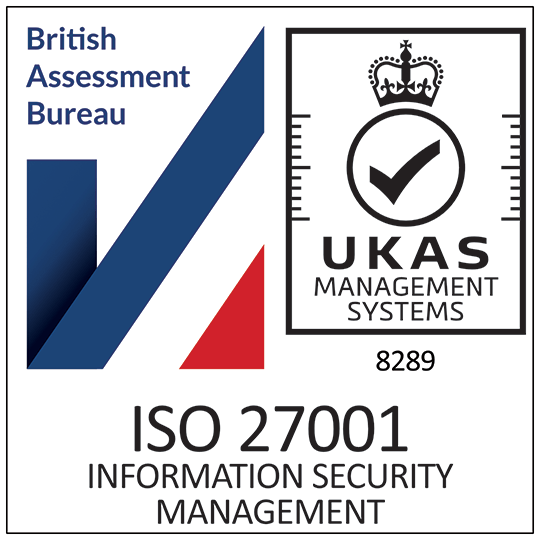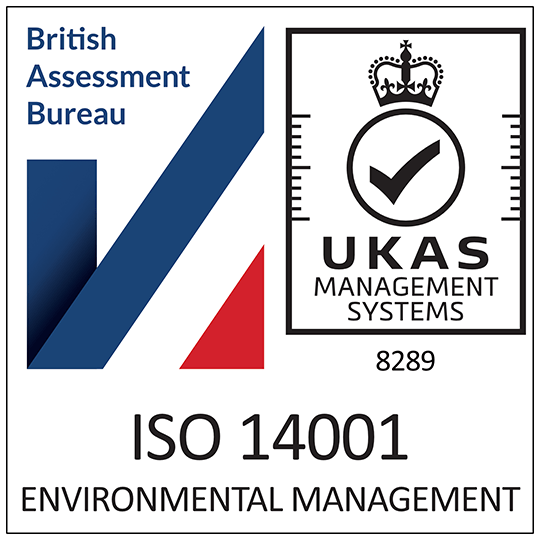The Rapid Rise of Plastic Card Printing
Plastic card printing has developed at a staggering rate since the first ever plastic card was introduced in 1959. Read on to find out more.
When credit cards were first introduced in America, by Diners Club in 1950, the cards themselves were made of cardboard and celluloid. Nine years later American Express brought out the first ever plastic card. Within five years, one million plastic credit cards were in use in and outside the United States.
American Express launched its card in the UK in 1963 which was usable in 3,000 outlets in this country and over 80,000 abroad. The first ever British credit card was issued by Barclays three years later.
When a year later the world’s first ever cash machine was installed in the Enfield branch of Barclays in Middlesex, customers were given cardboard punched vouchers worth £10 each from the bank to use in the machine when needed. Within five years the plastic card printing technology had moved on sufficiently for Lloyds to introduce the first ever on-line verified Cashpoint that used plastic cards and could read the embedded magnetic strip, developed by IBM in 1960 as a security feature.
Over the past 30 years, plastic card printing has kept pace and inspired new banking ideas and practices. Today we take using a chip and pin card for granted and in 2004, plastic card payments surpassed payments made with cash for the first time ever.
Initially expensive and difficult to produce, rapid developments in the technology involved in plastic card printing has meant that they have become increasingly common. When in 1993 plastic card printing was changed with the development of the dye sublimation process which allowed for full colour edge to edge printing, the future of the plastic card was changed forever.
The development of re-transfer printing technology at the end of 1999 was yet another milestone. Today there are three main plastic card printing data technologies in use, the magnetic strip, smart cards and optical cards and everyone has one or two in their purse or wallet.
The use of plastic cards is no longer restricted to credit cards, cheque or ATM cards. They are now used everywhere and for everything. Our driving licences, loyalty cards, store cards, gift cards, plastic business cards and membership cards are all examples of this technology in daily use.
Why not take a look around the rest of the site to see what plastic and our new plastic card printing technology can do for your business?




